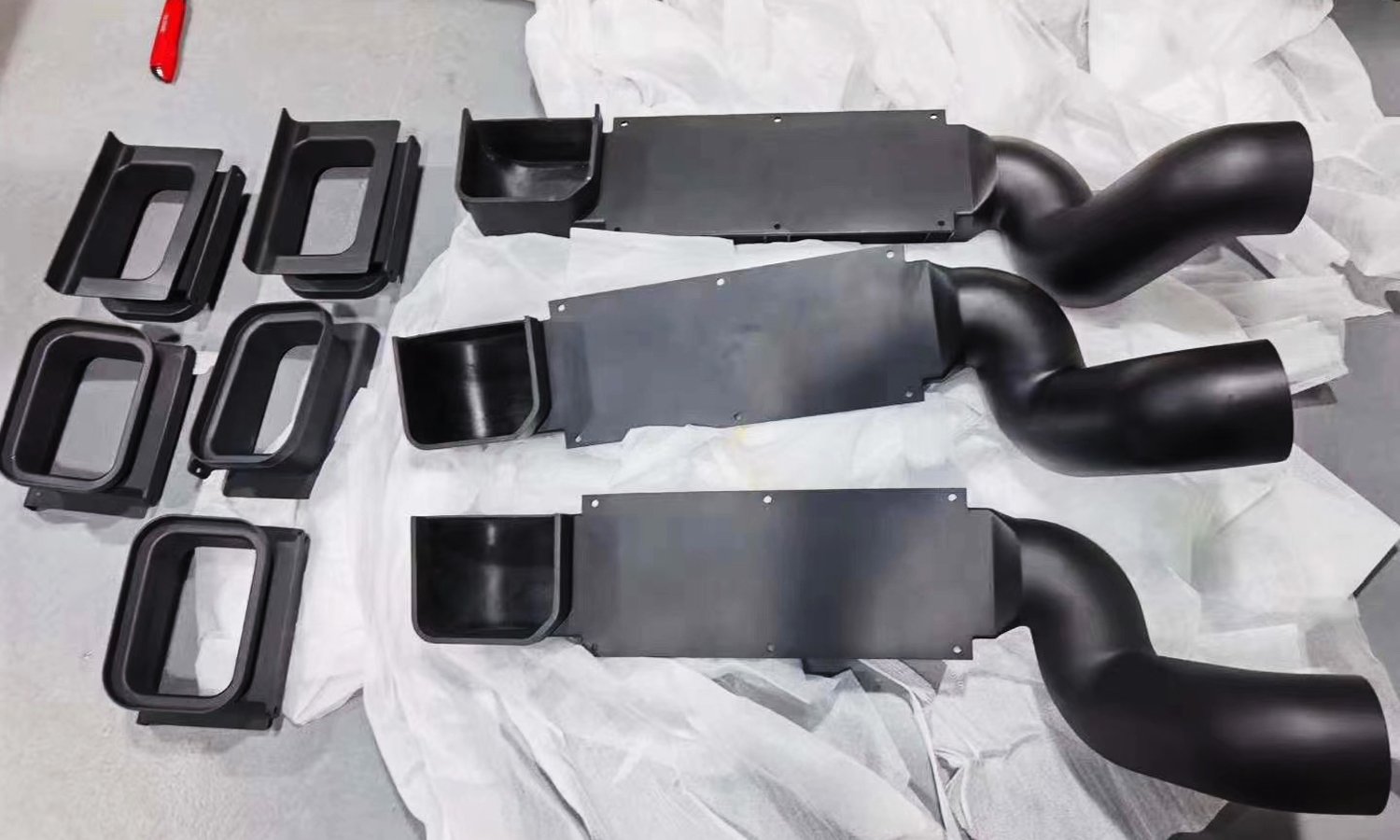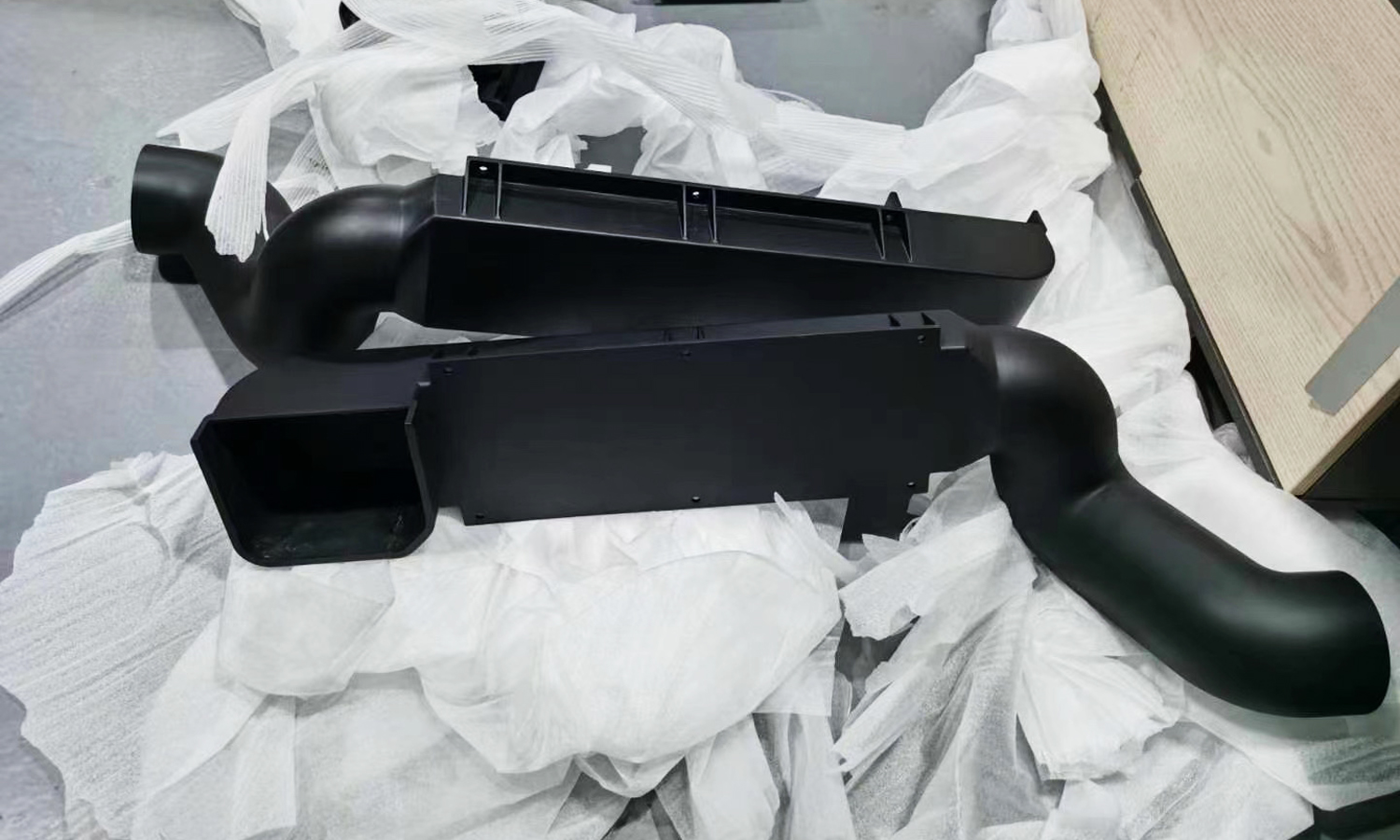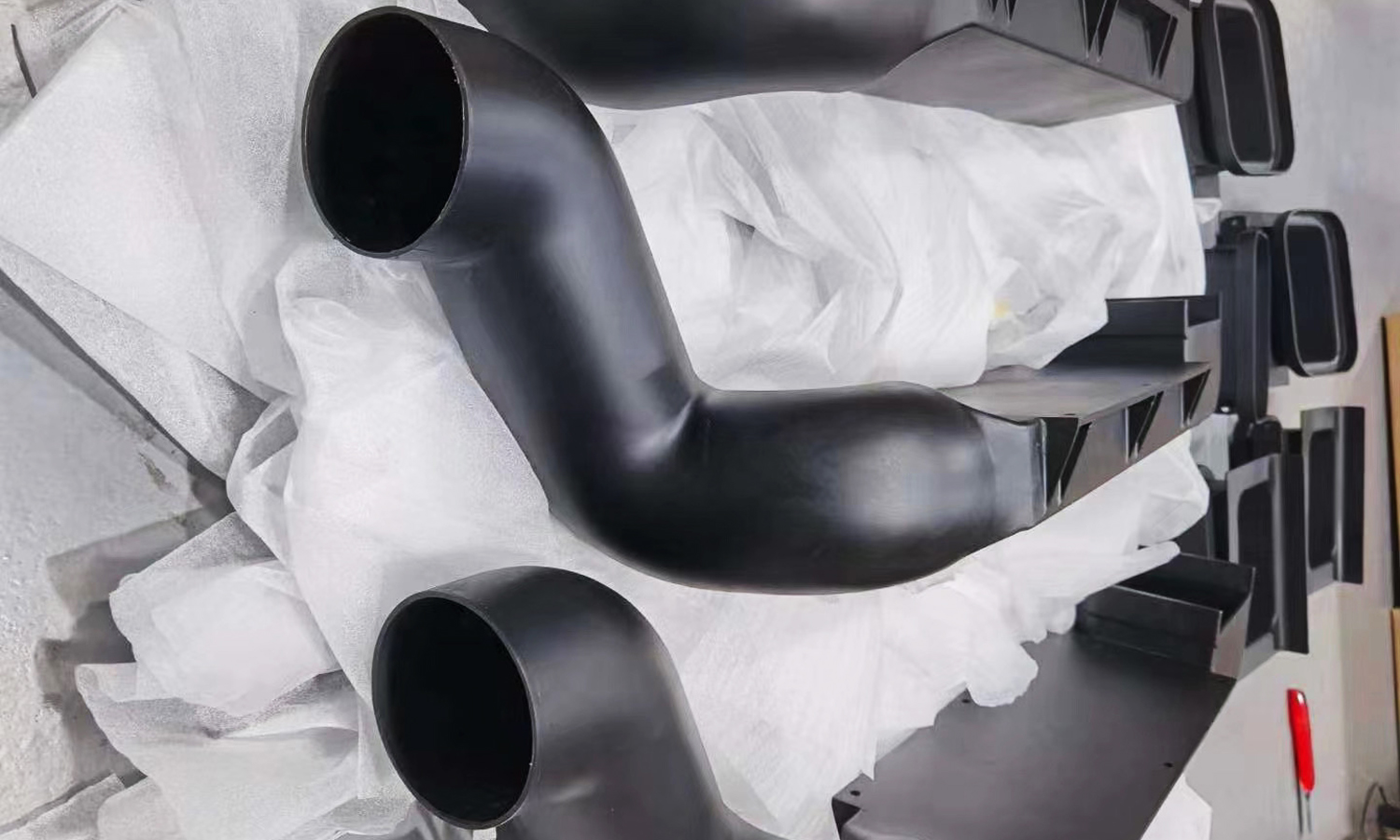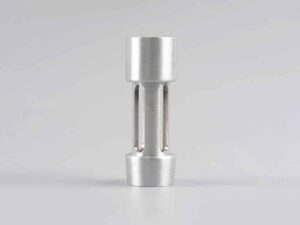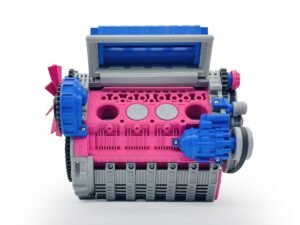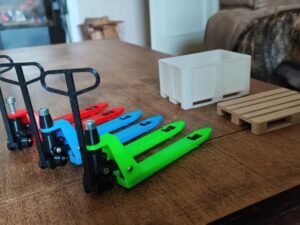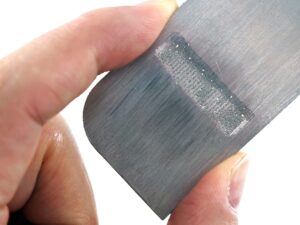Urethane Cast Auto Parts with ABS-like Material
Posted on 2020-09-11 in Mechanics ┬Ę µ£║µó░
Process 3D Print, Urethane Casting, Paint, Polish
Material Resin
Quantity 20 pcs
Price Range $100-1,000
Lead Time 10 workdays
Material Resin
Quantity 20 pcs
Price Range $100-1,000
Lead Time 10 workdays
Gallery
About Project
Urethane casting provides end-use, rigid or flexible, plastic parts with production-level quality. Built without expensive and time-consuming hard tooling, the urethane casting process uses a 3D-printed prototype and silicone mold to deliver high-quality, short-run parts in a fraction of the time and a fraction of the cost of injection molding.
The automotive industry uses thermoset polyurethanes for prototypes and initial parts to reap the benefits of lightweight with excellent durability. Advanced polyurethanes are tough enough for use in high-heat, under-hood applications, ŌĆ£AŌĆØ and ŌĆ£BŌĆØ pillar prototyping, automotive interior components, exterior fascias and claddings, grilles, headlight bezels, and aftermarket parts.
Solution
- Step 1: Print the master pattern with SLA 3D printing technology. The post-process for the master pattern is highly-required as it will impact the precision and surface effect of molded parts. It should be carefully sandblasted and polished. Also, when designing the master pattern, all the sharp edges should be chamfered.
- Step 2: Apply the release agent evenly onto the master pattern and dry the pattern. If the master pattern did not go through proper pretreatment, it will stick onto the silicone mold and cause a demold failure.
- Step 3: Attach the master pattern onto the wooden plate with superglue, and then encase the pattern with liquid silicone. It takes about 18ŌĆō24 hours averagely to form the mold tool and left to cure. Then move the mold to a vacuum chamber to remove the air bubbles inside.
- Step 4: Cut the mold and take out the master pattern. Then inject the ABS-like material into the mold to form the auto parts. The parts are then sprayed into black.
